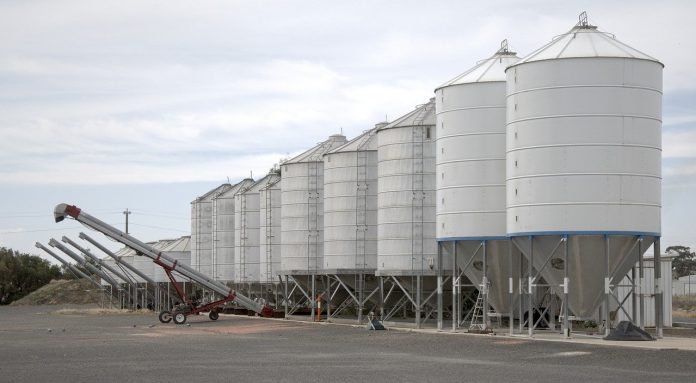One of the strong axioms in this business is that even surprises in U.S. Department of Agriculture reports are worked out after the second day, at most. Often we get a reaction, and then the market reverses for a time. Not so this time! Corn and soybeans are still weakening another week after the surprises from USDA back on Jan. 12.
March corn futures made a new low at a staggering $4.36 3/4 Jan. 18. The same day, our March soybean futures were barely above $12, at $12.01. Chicago wheat futures got as low as $5.76 Jan. 12.
We were seeing a little recovery from the lows, as of the middle of the night going into Jan. 23, March Chicago wheat futures were trading just below $6, at $5.98 1/2. March soybean futures were at $12.26 3/4, up a couple. March corn futures were at $4.46 3/4.
Exports
We have a little export news, which is one of the few fundamentals that we can use to justify the low prices. We exported 28.1 mbu of corn for the week ending Jan. 18. That is about 25% off the amount for the previous week, and 2% off the total for the marketing year so far, at 578.8 mbu.
We exported 42.7 mbu for the same week, which is 37% less than the week before. For the marketing year so far, we are under a billion bushels v. last year at this time at 1.26 bbu. Given the exports, it is surprising that we actually were up from six to 11 cents on the various soybean contracts Jan. 22.
The wheat exports came in at a generous 314,521 MT, up 242,000 from the previous week, but that was 20% off the same time last year.
Historic trends
The low prices got me thinking about historical price trends. Tonight, it got me to hunt around on the internet for a continuation chart that would take me back 40 years. I remember a few years when the hoped-for futures price was above the magical $3.50 level. That happened in July 1988 after the big drought, as well as the summer of ’74, the winter of ’81 and the summer of ’83.
We thought $3.50 was a “must-sell” price, but our per-acre profit at that level was not what you might think. Yes, our per-acre cost of production was much, much lower, but so were our yields. We see combined monitor reports of way above 200 bpa a lot of years, but then 120 bpa was liars’ corn.
Now, we hope and pray to never see $3.50 again. The last time was in August of 2020. We were above $3.50 most of the time between November 2006 and March of 2020.
In the meantime, we remember the first time we saw futures of $4.50. That has been a floor price for a long time, until we fell through it this week. We first saw $4.50 in May of 1996, then again in the winter of ’08 and July of 2010. We stayed above $4.50 from July 2010 to September 2013 and then again from December 2020 to this week.
So, now we have hit a benchmark low, and we hope it has come and gone. Less than two years ago, we had corn prices briefly above $8. Now I am back looking at historical charts for the not-so-encouraging fact that from November 2006 until March 2020 we were mostly above $3.50. I don’t want to ever see that number again.
The sad truth is that the market does not care what it costs you to produce corn. It’s been a long time since I did a crop budget, but I doubt I could raise corn for $4.50 a bushel. I know none of you want to. We both keep thinking about that $8 and know that it was possible once.
The price of corn is a matter of supply and demand, not cost. Still, the next harvest is a long way away and a lot of things can happen. The first is the Planting Intentions Report. That normally comes on March 31, but that is on Sunday this year, which means we will get it on Thursday or Friday.
Planning for planting
With that much time to go, I am guessing we could get a change in the corn plantings this year. If the price stays in the $4.50 range, there is a lot of reason to plant soybeans. The first ones would be a comparatively better price and a lower cost of production. We never get a large change, but this would be a year when keeping the rotation might not be a strong enough reason to keep acres the same.
Then comes the time on the calendar when we start worrying about timely planting, followed by worrying about the weather. Once we get through summer weather and other issues like wind storms and drought, we still have harvest weather.
You know what? There are a lot of reasons why the negatives of trading this week may not matter. Remember, according to Pappy, there are three kinds of people in this world: optimists, realists and pessimists. He said no pessimists farm and only a few realists!
As the sign on the wall my wife gave me for Christmas a long time ago said, “Pray for a good crop, but keep on hoeing!”













There are protests in Europe. Check out the LAND GRAB & FOOD SUPPLY CONTROL: Farmer Protests Erupt Across Europe Against Net Zero Agenda video.
https://youtu.be/RilEns8Sgnc?si=w3S_Ed4K8nCkKGF7
Regards.